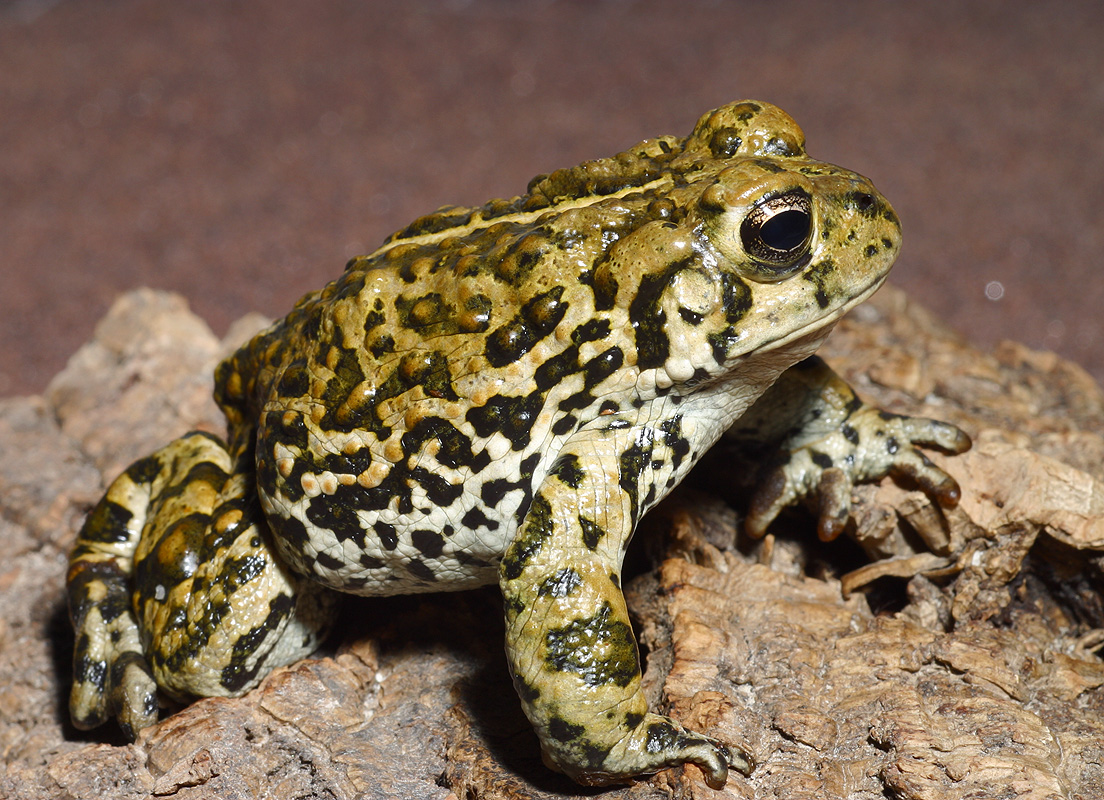ARMI Researchers Team-up on Nationwide Study to Determine How Interactions Between Disease and Mercury Affect Survival of Amphibians
Although it has long been known that stressors such as diseases and contaminants do not act alone, estimating how combinations of different stressors affect amphibians in the wild has generally proven elusive. A new ARMI study helps clarify the threat of the amphibian chytrid fungus (Bd), a pathogen linked with population declines and extirpations of amphibians globally. One of the most surprising results was that Bd reduced adult survival even for some species previously considered resistant to Bd, such as the Eastern Newt. This study also provides the first evidence of that methylmercury can affect survival of wild amphibians, even at sites without obvious sources of mercury contamination. In some cases, Bd and methylmercury appeared to act synergistically to magnify the effect of disease, further reducing survival. This study builds on a recent nation-wide assessment of methylmercury bioaccumulation that used non-lethal sampling, allowing researchers to sample threatened and endangered species that otherwise could not have been included in the study. This new study involved coordinated sampling by ARMI-scientists across the contiguous USA, using a multi-species, multi-population, multi-year modeling effort to provide robust results on the effects of Bd and mercury on adult amphibian survival. The results highlight the challenges associated with managing amphibian populations in the face of endemic disease combined with other environmental stressors.
To view the full article, click this link: https://doi.org/10.1038/s41598-025-99839-3


